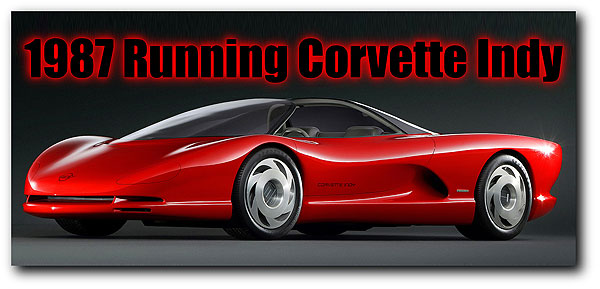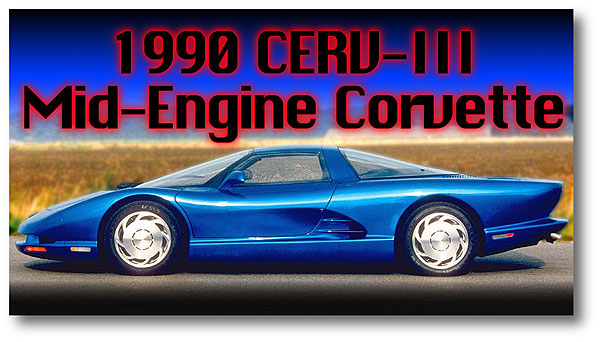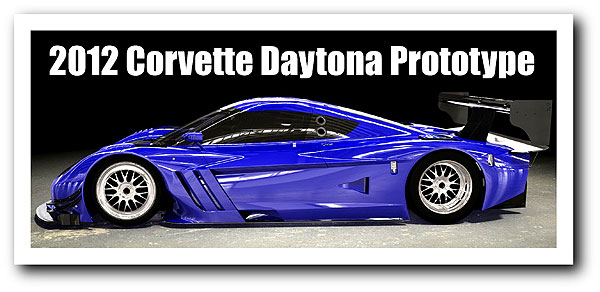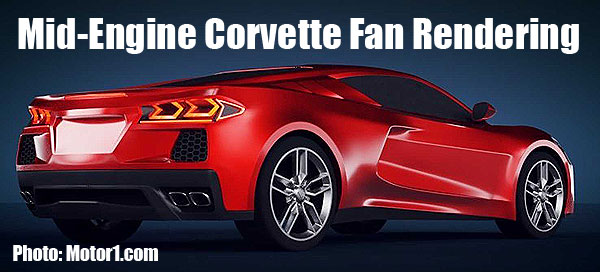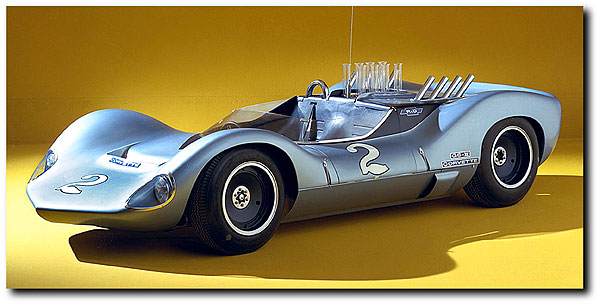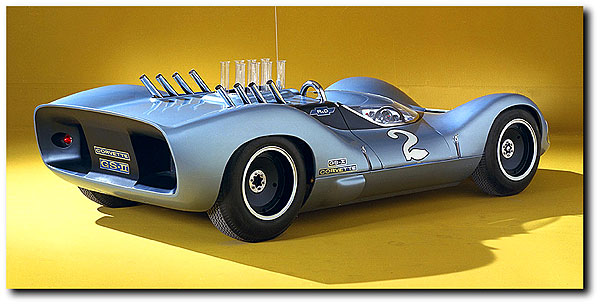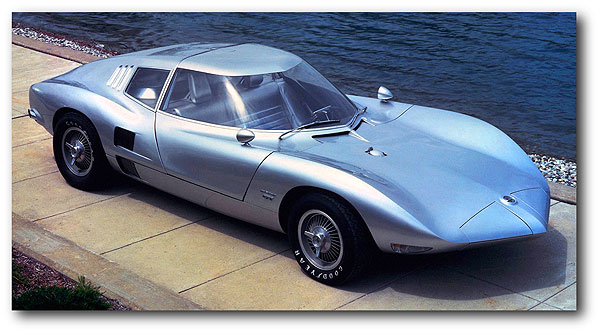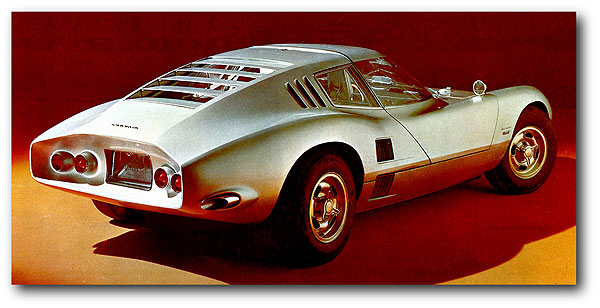The C8 Mid-Engine Corvette will be an awesome machine, but does this “look” like a “Corvette”? What would Bill Mitchell think?
Dateline: 11.16.18 – Main Photo Credit: www.Motor1.com, except where noted, Image Credit: GM Archives – As reported on November 8, 2018 by Motor1.com, rumor clouds are gathering and indicating that the C8 mid-engine Corvette will debut at the NAIAS Show in Detroit in January 2019. That seems likely since the C8 did not debut at the Dubai International Motor Show.
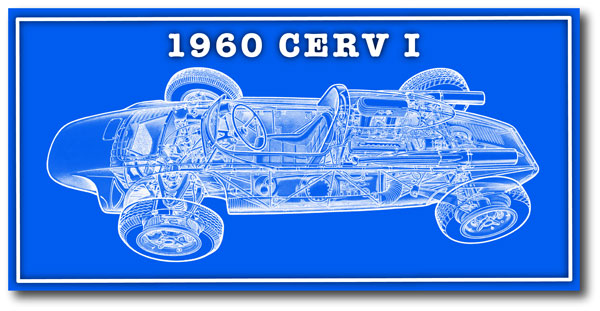 Since C8 mule cars have been seen for months now on public roads wearing camo wraps and photos are getting clearer and clearer, a January 2019 debut as a 2020 model seems likely. Last July very clear images of a development C8.R (racing) Corvette was seen, indicating that the Corvette Racing Team will probably race a mid-engine Corvette for the 2019 season.
Since C8 mule cars have been seen for months now on public roads wearing camo wraps and photos are getting clearer and clearer, a January 2019 debut as a 2020 model seems likely. Last July very clear images of a development C8.R (racing) Corvette was seen, indicating that the Corvette Racing Team will probably race a mid-engine Corvette for the 2019 season.
Chris Draper, owner of the “My Corvette Life” YouTube channel stitched together this very nice presentation of mid-engine Corvettes.
Today Motor1.com published five very well done digital renderings of the C8 mid-engine Corvette, based on the numerous photos we’ve been seeing on the net. I am certain that the C8 will be a wundercar, chock full of gee-wiz goodies.
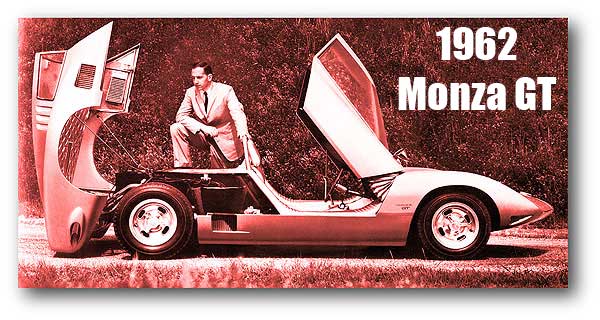 A mid-engine Corvette has been the ultimate pie-in-the-sky Vette since the 1960s when mid-engine was the best layout for balance and the state-of-the-art of tires back in the day. A mid-engine Corvette was Zora Arkus-Duntov’s ultimate dream Corvette. There’s a good chance that the C8 will be called “Zora”.
A mid-engine Corvette has been the ultimate pie-in-the-sky Vette since the 1960s when mid-engine was the best layout for balance and the state-of-the-art of tires back in the day. A mid-engine Corvette was Zora Arkus-Duntov’s ultimate dream Corvette. There’s a good chance that the C8 will be called “Zora”.
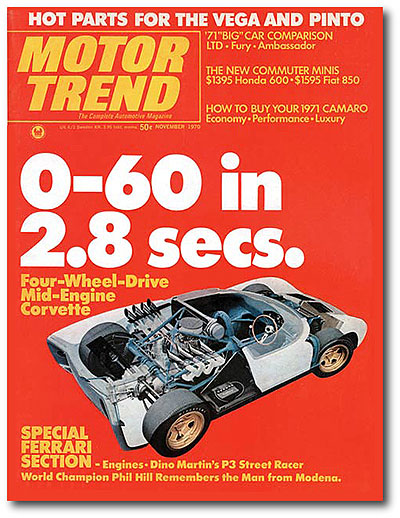
But we’ve come a long way, baby, since the days of 100-percent mechanical supercars. Between electronics, computers, vastly superior materials, and tires with more sticky than rubber cement; does the mid-engine layout still make sense?
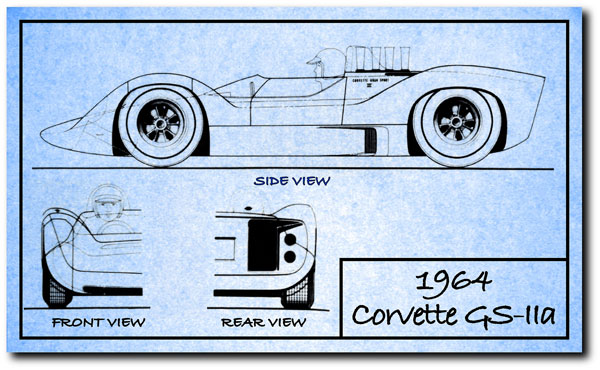
I would submit that the success of the C7.R argues the case that a mid-engine layout is no longer needed. The Corvette Racing Team won the 2018 Championship without scoring a single class win. It’s all about consistency and the points race. Then, factor in the disadvantage put upon the C7.R Corvettes, thanks to IMSA’s BoP rules, and clearly, the front mid-engine C7.R Corvette was the superior car in the series.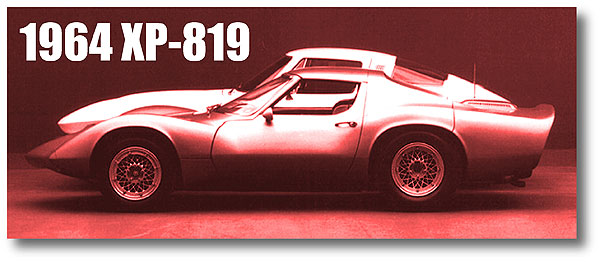
Over the past sixty-five years the Corvette has had many contenders, has vanquished them all, and is truly a world-class champion race car and “America’s Sports Car” This begs the question; is a mid-engine Corvette relevant in today’s world of electro-mechanical performance cars? 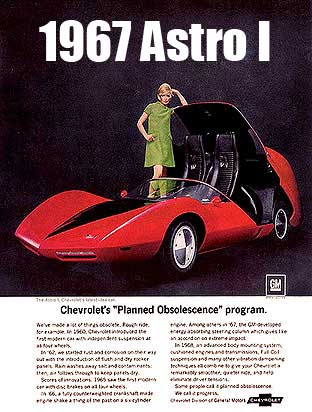
The Corvette mystique has many factors; performance, affordability, durability, utility, unique good looks, history, and more. For the most part, a Corvette is a car that you can live with as a daily driver, especially since the arrival of the 1984 C4 with its functional hatchback roof. You can do light grocery shopping, go golfing, and take a trip with a Corvette, thanks to the generous amount of storage area in the back (as sports cars go). 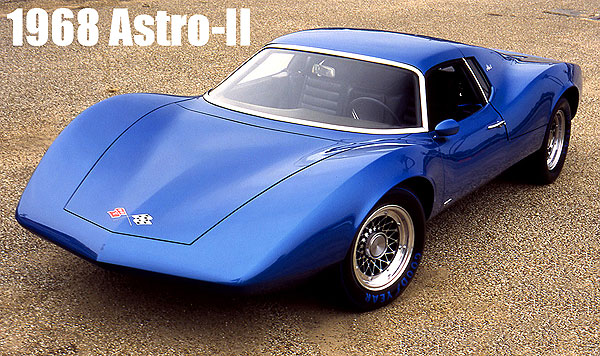
This kind of utility will not be part of the mid-engine Corvette. This is a packaging issue and is common with all mid-engine sports cars. Remember the Pontiac Fiero? That was a very cool, affordable mid-engine sports car, but all you could store in the “trunk” in the back was two slim brief cases.
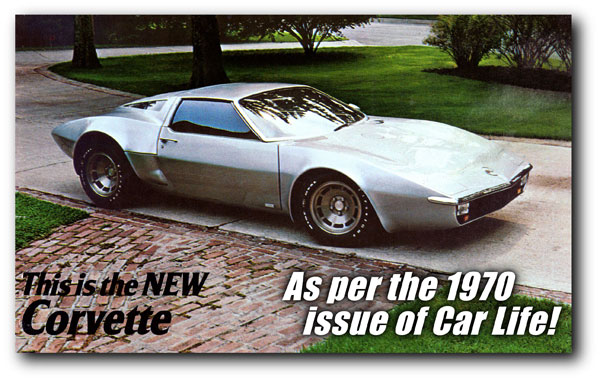
Probably a year from now we will be seeing lots of C8 mid-engine Corvettes on the road. But this will not be a GT (Grand Touring) car. No one will be taking long trips in a C8, unless they have a support car following along with their gear. And I doubt that any C8 owner will be attaching a tow hitch for a motorcycle trailer, either.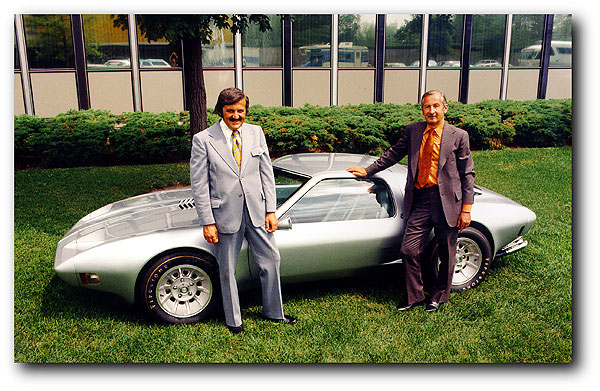 And lastly I want to address the C8’s looks. I have had a love affair with Corvettes since 1965 when I didn’t even know what I was looking at, other than it was the most beautiful car I’d ever seen in my young life. I am probably committing sacrilege, but I have to be honest. While subtle surface details are nearly impossible to make out on the camoed C8 mule cars, the overall shape and proportion of the C8 is obvious.
And lastly I want to address the C8’s looks. I have had a love affair with Corvettes since 1965 when I didn’t even know what I was looking at, other than it was the most beautiful car I’d ever seen in my young life. I am probably committing sacrilege, but I have to be honest. While subtle surface details are nearly impossible to make out on the camoed C8 mule cars, the overall shape and proportion of the C8 is obvious. 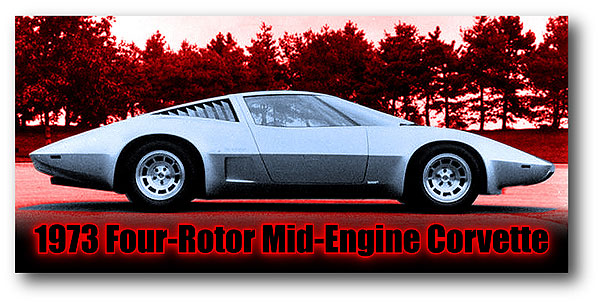 Twenty years ago, we depended on gifted automotive artists, such as Mark Stehrenberger, to provide magazines with renderings of upcoming Corvettes in the months before official debuts. But today there are numerous very talented digital artists that create “renderings” that can pass as actual photographs.
Twenty years ago, we depended on gifted automotive artists, such as Mark Stehrenberger, to provide magazines with renderings of upcoming Corvettes in the months before official debuts. But today there are numerous very talented digital artists that create “renderings” that can pass as actual photographs. 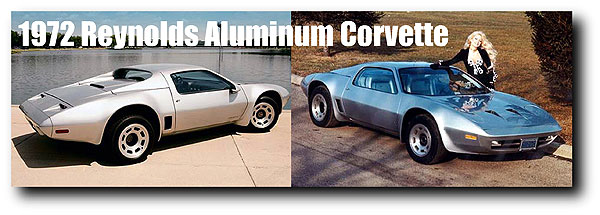 Okay, so here the “sacrilege” part.
Okay, so here the “sacrilege” part.
I am not liking what I’m seeing. To my artist’s eye, the car looks stubby and bulky; a collection of add-on design elements. The styling appears to be engineering-driven. A beautiful car should hit you immediately. You shouldn’t have to think about it; there should be an immediate, visceral response; a “WOW!”
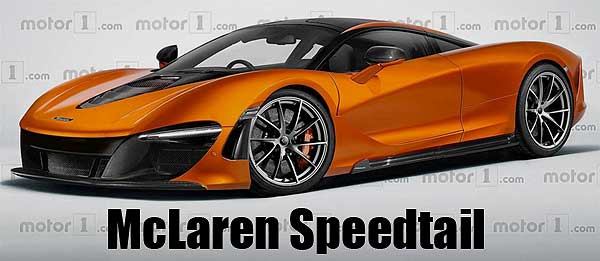
In October when Motor1.com showed the upcoming McLaren Speedtail, it got a “WOW! WOW! WOW!” from me. I mentioned to Marty Schorr from CarGuyChronicles.com and founder of Vette Magazine, that if the Speedtail body was the C8 Corvette, I’m be a “Happy Corvetter”! Marty concurred.
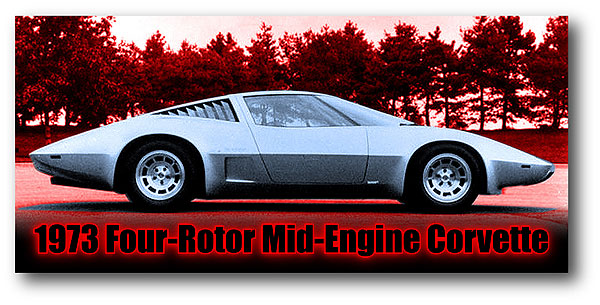 The C5 Corvette was almost a mid-engine car. The 1990 CERV III was a serious contender for the C5 but was deemed too expensive. The CERV III was a “WOW!” Corvette for me. Prior mid-engine prototypes were almost all gorgeous cars that screamed “CORVETTE!!!” That’s why I have added images of past mid-engine Corvettes in this post. I can not imagine that VP of GM Styling Bill Mitchell would be happy with the C8. Zora would be THRILLED! But then again, Duntov and Mitchell often and famously butted horns.
The C5 Corvette was almost a mid-engine car. The 1990 CERV III was a serious contender for the C5 but was deemed too expensive. The CERV III was a “WOW!” Corvette for me. Prior mid-engine prototypes were almost all gorgeous cars that screamed “CORVETTE!!!” That’s why I have added images of past mid-engine Corvettes in this post. I can not imagine that VP of GM Styling Bill Mitchell would be happy with the C8. Zora would be THRILLED! But then again, Duntov and Mitchell often and famously butted horns.
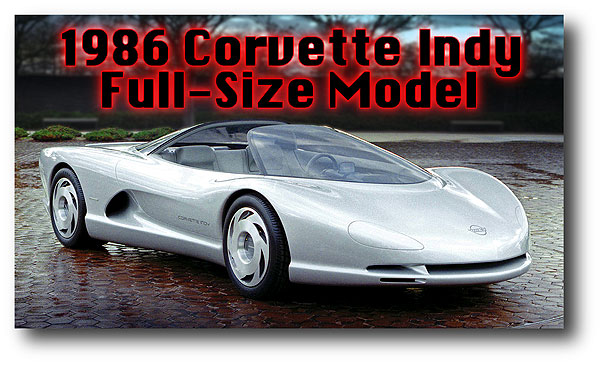 Believe me, my highest hope at this point is that I’m dead wrong. We’ll see soon. – Scott
Believe me, my highest hope at this point is that I’m dead wrong. We’ll see soon. – Scott

